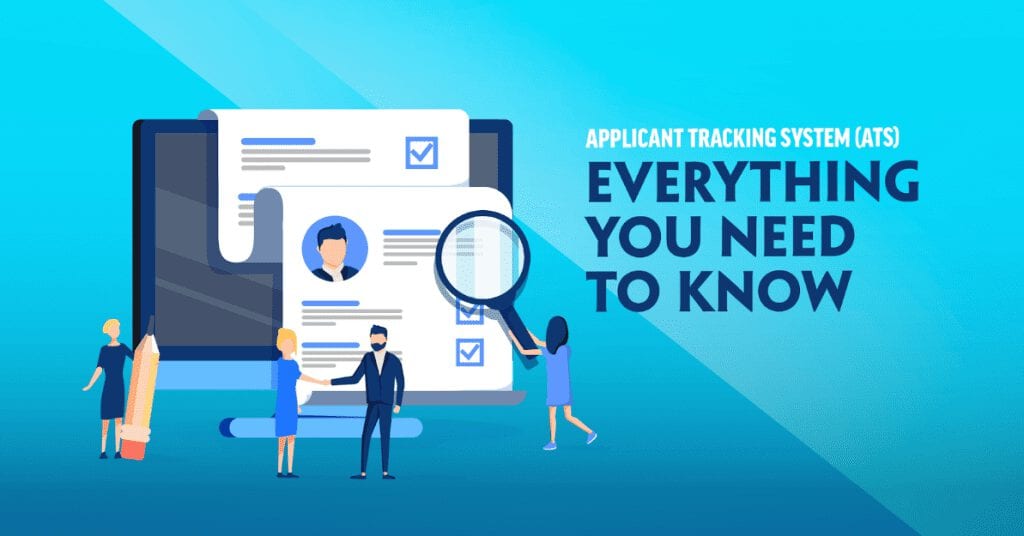Applicant tracking system (ATS) can support just about any business to get their hiring process more effective and user-friendly. By utilizing technology, workplaces can reduce paperwork and reduce errors, while having all employees and hiring data in one place.
The applicant tracking system may come with several features that are entirely suited for various industries. Therefore, it is necessary to ask the vendor questions to guarantee all the required elements are combined with the particular applicant tracking software that is being considered for purchase. The characteristics examined below are considered regular with some packages, but may not be included with all packages.

Job Requisitioning and Posting
The first step to hiring is notifying prospective employees of an open position. It enhances much easier to get the word out when applicant tracking software is applied. The method to post new job openings can be as easy as clicking a button once the system is fixed up.
System administrators seldom called “super users” can set up the posting method so that crucial hiring managers within the company can post new job openings quickly. Once a unique job opportunity exists, these employees can post the opportunity to the ATS along with a description.
Integration with Third-Party Websites
There are plenty of third-party websites commonly used by professionals seeking a position, such as Monster.com and Naukri. It makes sense for an organisation to post new job opportunities to these sites so they can spread a large pool of able candidates. Majority types of ATS programs allow system administrators to set up the business for new positions to automatically post to designated websites.
When a candidate wishes to view the job details and apply, the feature shows the individual back to the applicant tracking system so that data can be entered. Once this data has been entered, it is open and accessible to all approved members of the organization.

Filtering Processes
The applicant tracking system can usually be set up to filter through applications by identifying specific keywords, specified skills, years of experience, expected degrees, or other constraints. Qualifications checks may also be implemented using some ATS.
This can save organizations many labor hours and also serve to reduce human errors or biases. Also, this data will be automatically stored along with all of the earlier entered information for the employee candidate, whereby eliminating the chance for information to be lost or removed.
Safety Features
In an extension of convenience, ATS may incorporate features that can help to protect workplaces through the hiring process. Applicant tracking system constraints may have characteristics in place to ensure EEOC and OFCCP compliance. ATS systems may involve minimum qualification questions and analyses for non-selection to avoid charges of unfair hiring practices.
Following Position Acceptance
Once an employee has been given a job and has acquired the position, ATS software may proceed to serve the organization. If the individual features are available, it may be expedient to change the employee’s application, resume, background information, and any other presented information over to a new file with minimum hassle. Few systems may be set up to automatically inform of the new hire to streamline the introduction and training process to specific departments, such as human resources.
